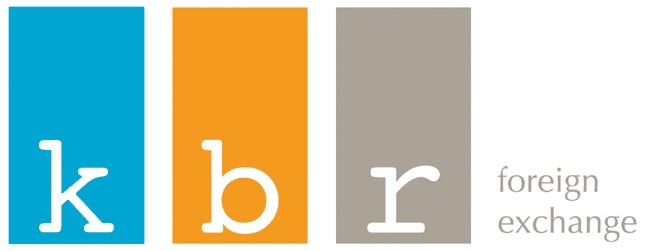Thursday's trading session saw the Pound continue its decline against the other major currencies and enjoyed only a brief moment of relief when May's Construction Purchasing Manager's Index (PMI) came in above expectations. The construction PMI showed that activity within the UK's construction sector accelerated at a faster pace than was seen in the previous month as the index reading moved up from 53.3 to 54.0, beating expectations for a PMI of 53.5. The outcome allowed the GBP/USD exchange rate to briefly peak at 1.6417 before crashing back down to levels of 1.63. The Pound was also burdened by the Bank of England's (BoE) Paul Fisher who, in an interview with the Daily Mail, was reported to say that should the economy take another turn for the worse, that he would consider increasing the size of the central bank's asset purchases. With the BoE highlighting the ongoing weakness within the economy and rate hike expectations remaining subdued, the Pound will most likely face an uphill struggle for the remainder of the year.
The final in the PMI series, the services PMI, is due for release this morning and the general consensus is for a slight slowdown in activity for May. The index is set to slip from 54.3 to 54.2 and has the potential to push the Pound lower as the economic outlook worsens. However a better than expected reading could boost the Pound, but given the backlog of sour data, the Pound could struggle to maintain any such gains.
Despite Thursday's docket remaining bare of economic figures for the Euro-zone, the Euro managed to rally against both the US Dollar and the British Pound, with the exchange rate peaking at 1.4486 versus the Dollar and GBP/EUR falling to 1.1310. The currency made progress on the foreign exchange market following news that Greece has accepted to carry out another round of austerity measures, a move that brings the country closer to receiving another tranche of aid from the International Monetary Fund (IMF) and European Union. At the same time credit ratings agency Moody's Investors Service lowered Greece's credit rating to Caa1 from B1 and raised the nation's risk to default on its debt to 50%, but this news failed to impact the Euro's progress.
For Europe, the week will end with the final revisions to May's Services PMI for Germany, France and the Euro-zone as a whole, which are expected to remain unchanged from their preliminary readings. However as seen earlier in the week, the manufacturing PMI's for the same period were revised down from their preliminary readings, so it might be possible that the services sector has suffered a similar fate. If so then the Euro could retrace some of its gains from early in the week.
Following the announcement that non-farm productivity in the US rose at a greater than expected pace during the 1st quarter, the Dollar rallied against most of the other major currencies. According to the US Labor Department, productivity rose by 1.8% to beat expectations for a 1.7% increase. The currency received further support from its weekly jobless claims figures which showed a modest drop in first time claims for jobless benefits from 428,000 to 422,000. However the figure missed estimates for 420,000 claims to be filed. Continuing claims fell slightly from the previous week's figure of 3.712 million to 3.711 million claims, but failed to fall the consensus level of 3.675 million claims.
The Dollar's upward trend didn't last long on the currency exchange market however; this is most likely due to apprehension over the upcoming Non-farm Payrolls figure which headlines this afternoon's session. Forecasts call for the US economy to add a mere 165,000 jobs in May, the lowest increase in a four month period. A weaker than expected reading on such an influential piece of data could stoke a contraction in risk appetite, pushing the US Dollar and its other safe haven partners (The Swiss Franc and Japanese Yen) higher against the other majors, and the opposite could also be true with a better than expected reading increasing the likelihood of trader's buying up higher yielding currency pairs. Elsewhere on the docket the unemployment rate is expected to tick lower from 9.0% to 8.9% and the ISM non-manufacturing composite is expected to show that service based activity improved in May.


No comments:
Post a Comment